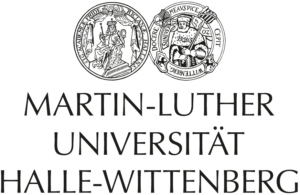Effect of Different Crowding Agents on Structure and Dynamics of Unfolded Proteins
The interior of a cell is completely filled with molecules like proteins, lipids, RNA, and more which can act as crowders. The so-called macromolecular crowding plays an important role in the dynamics and the structure of proteins, especially unfolded proteins and polypeptide chains.
To investigate the influence of crowder agents on the dynamics and structure of unfolded polypeptide chains we performed time-resolved ensemble FRET experiments with different sizes of crowders and different unfolded polypeptide chains. Continue reading “Talk by P. Enke at MLU (March 14, 2017)”




